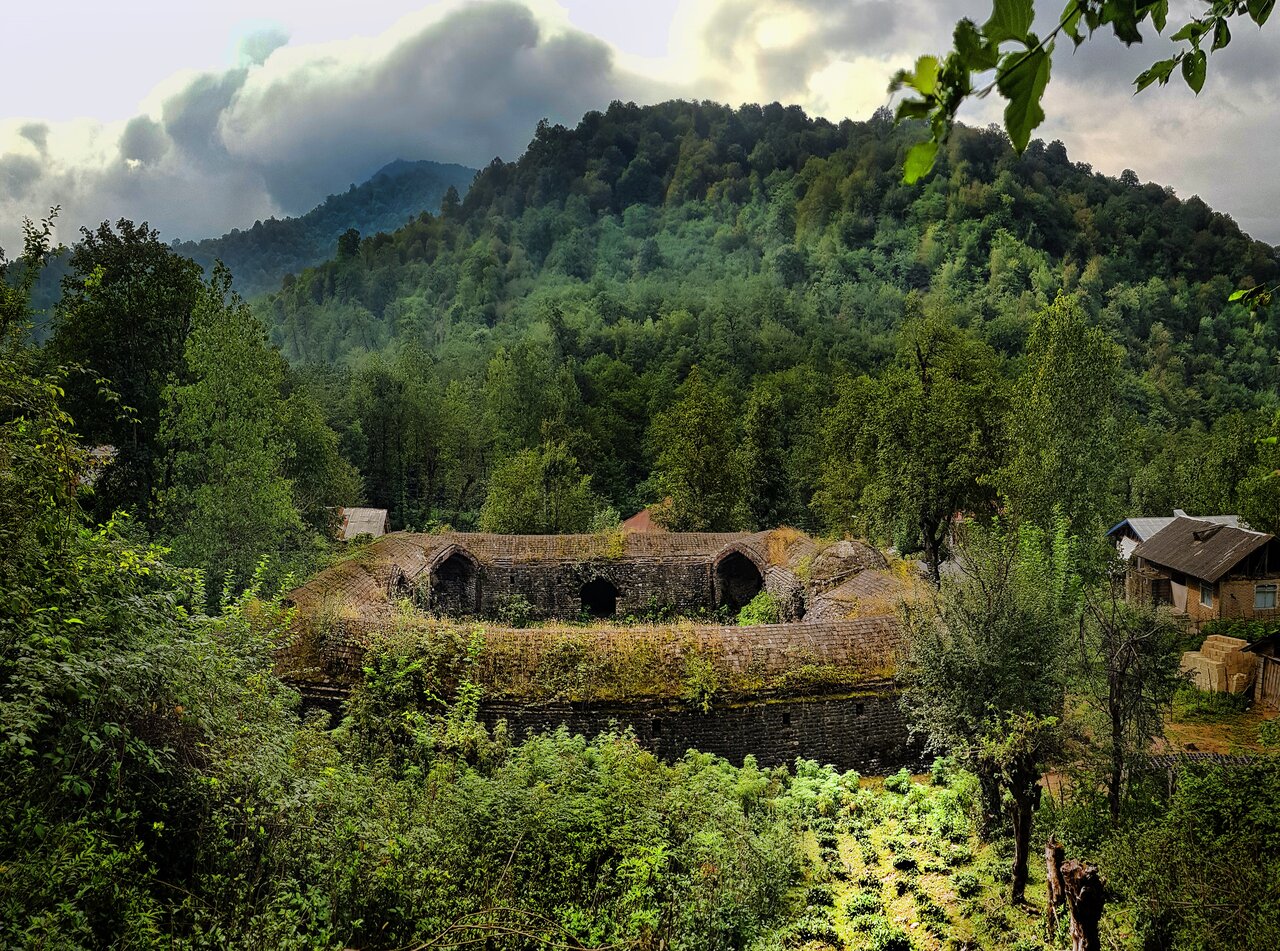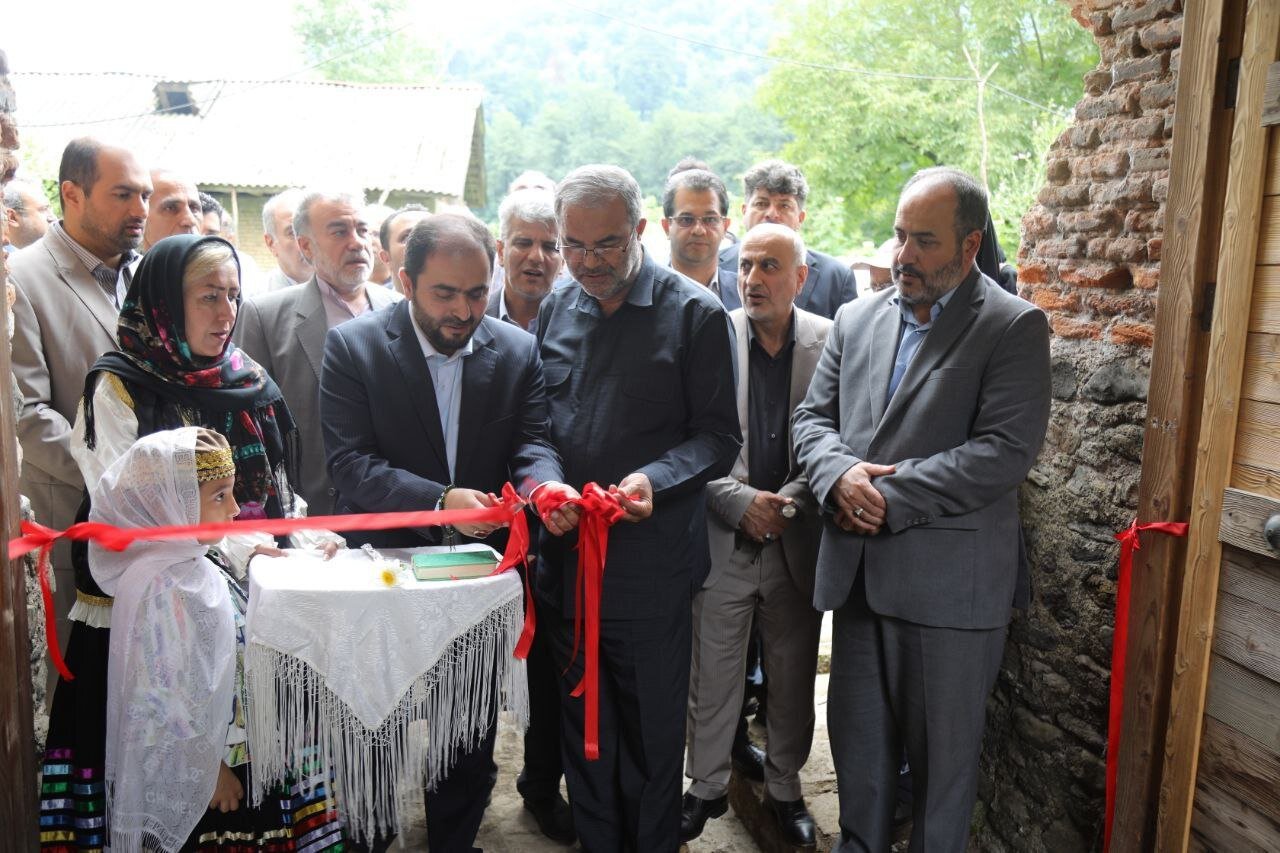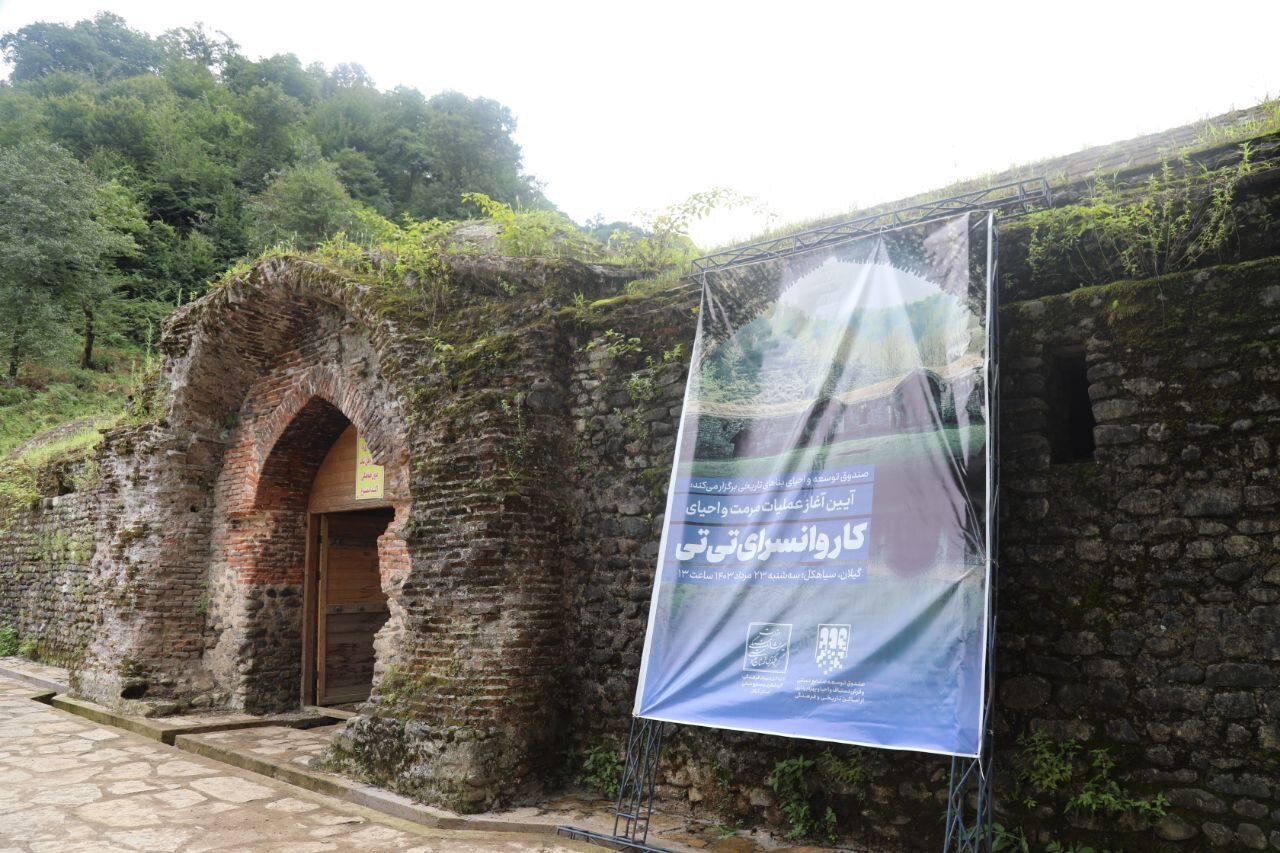17th-century caravanserai to be entrusted to private investors for better restoration and upkeep

TEHRAN - Titi Caravanserai, which is one of the oldest historical inns in northern Iran, is set to be temporarily handed over to the private sector aimed to receive better restoration and maintenance.
The decision was announced during a meeting attended by Shahab Talaei, CEO of the Revitalization and Utilization Fund for Historical Places (better known by its Persian acronym Saabta), and Vali Jahani, the director of Gilan’s tourism directorate.
The caravanserai, located in the Siahkal region of Gilan province, is part of the “The Persian Caravanserai” collection, which was registered as a UNESCO World Heritage site in 2023.
The Titi Caravanserai, dating back to the Safavid era, was once a vital resting place for travelers moving between Siahkal, Deylaman, and Taleqan. Named after Titi Khanum, a Safavid noblewoman who commissioned its construction, the name “Titi” means “blossom” in the local Gilaki language, reflecting the region’s cultural heritage. The caravanserai, which is characterized by its two-iwan design, central courtyard, and vaulted ceilings, was constructed using a combination of stone, brick, and traditional mortar

During the meeting, Talaei highlighted that the Titi Caravanserai is the first of the 54 Persian caravanserais, recently listed as UNESCO World Heritage sites, to undergo restoration through private sector involvement.
He emphasized that while the structure will be temporarily managed by private investors, the ownership will remain with the government.
The aim of this initiative is to ensure higher productivity, better maintenance, and sustainable management of the site without compromising its national and world heritage status, the official explained.
“This transfer to the private sector is part of our broader strategy to accelerate the restoration and upkeep of historical sites,” Talaei stated.

“The Titi Caravanserai, like all the historical sites under our care, will remain government property, with only the right to use it temporarily granted to qualified investors. This approach ensures that the site is preserved for future generations while also contributing to local employment and sustainable development.”
Vali Jahani, for his part, echoed the Ministry of Cultural Heritage’s commitment to preserving the country’s valuable historical assets. He noted that the involvement of the private sector in the maintenance of these sites is crucial for their conservation and for boosting local tourism.

The monument is one of the 999 caravanserais constructed across the country upon the order of Shah Abbas the Great, the 5th Safavid king of Iran.
A caravanserai, also known as a caravansary, is a compound word combining “caravan” with “sara”; the former referring to a group of travelers and the latter meaning the building. These structures often boasted massive portals supported by elevated load-bearing walls. Guest rooms were constructed around the courtyard, with stables situated behind them and doors located in the corners of the yard.
The earliest caravanserais in Iran date back to the Achaemenid era (550 - 330 BC). Centuries later, during the reign of Shah Abbas I from 1588 to 1629, a network of caravanserais was commissioned across the country. These roadside inns were strategically positioned along ancient caravan routes in the Muslim world, providing shelter for people, their goods, and animals. The former Silk Road remains the most famous example, dotted with caravanserais that once facilitated trade and travel across vast distances.
Staying at or even just visiting a centuries-old caravanserai can be a memorable experience for many visitors to Iran, allowing them to immerse themselves in the past and travel back in time. Stories abound of merchants bargaining on prices and recounting their arduous journeys to one another, while their camels leisurely chew on hay.
AM
Leave a Comment